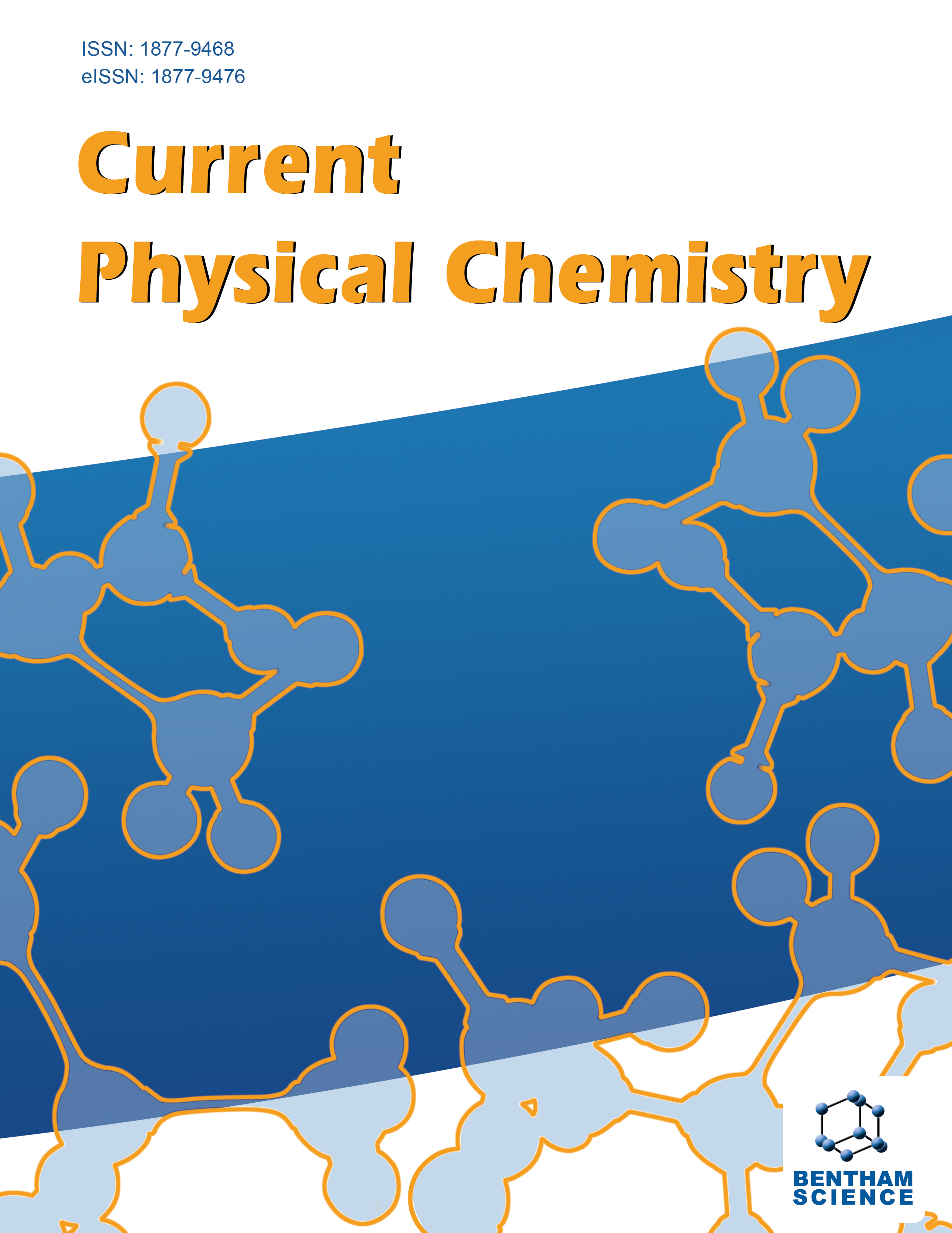- Home
- A-Z Publications
- Current Physical Chemistry
- Issue Home
Current Physical Chemistry - Current Issue
Volume 14, Issue 3, 2024
-
-
Exploring Iridium's Catalytic Role in Redox Reactions: A Concise Review
More LessAuthors: Sumita Sahgal and Subhadra YadavTransition metals exhibit a remarkable capacity to catalyse redox processes, playing a crucial role in various natural, biological, and chemical transformations. Among all the elements in the periodic table, iridium stands out with the broadest range of oxidation states. With its electronic configuration of 5d76s2, iridium displays a range of oxidation states, fluctuating from -3 in [Ir (CO)3]3- to +9 in [IrO4]2+. The utilization Read More
-
-
-
Ionic Liquid-Based Green Solvents for Extraction and Purification of Natural Plant Products
More LessIntroduction This research paper explores the environmental sustainability of ionic liquid-based green solvents in the extraction and purification of natural plant products, with a focus on their entire life cycle. The objectives of the study were to assess the environmental impact of ionic liquid synthesis, energy consumption, water usage, emissions, recycling rates, policy effects, and stakeholder perceptions. Methods Methodolo Read More
-
-
-
A Kinetic and Mechanistic Study of Ir (III)-Catalyzed Oxidation of Methionine by HCF (III) in an Aqueous Alkaline Medium
More LessAuthors: Savita Garg and Shakunj RajputIntroduction The kinetic study of Ir (III) chloride-catalyzed oxidation of methionine by hexacyanoferrate (abbreviated as HCF) III ions in aqueous alkaline medium was performed spectrophotometrically at constant ionic strength of 0.5 moldm-3 and temperature of 35±0.1°C. Methods The progress of the reaction was found to be first-order rate dependence kinetics with respect to [HCF (III)], [OH-], and [IrCl3]. The rate of re Read More
-
-
-
Thermo-Gravimetric Studies and Specific Heat Capacity Estimations of the Products of Biginelli Reaction using TGA-DSC
More LessAuthors: K.C. Sawant, C.H. Sarode, Y.V. Marathe, G.R. Gupta and S.A. DhanmaneAims In this work, the thermal behavior and specific heat capacities of nine derivatives which were obtained via Biginellipyrimidone synthesis reaction have been experimentally determined using thermal gravimetry analysis and differential scanning calorimetry, and the obtained results have been thoroughly analyzed and discussed. The influence of the structural variation on the thermal analysis has been discussed alon Read More
-
-
-
Investigation of the Effects of Different Phases of TiO2 Nanoparticles on PVA Membranes
More LessAuthors: Akanksha Mehto, Jyotsna Chauhan and Varsha R. MehtoIntroduction PVA/TiO2 nanocomposite membranes are prepared by solution casting technique where different phases of TiO2 nanoparticles like brookite, brookite-rutile and rutile are dispersed in PVA matrix. Sol-gel method was employed to prepare TiO2 nanoparticles, while different phases of TiO2 have been obtained by controlling the calcination temperature. Methods PVA/TiO2 nanocomposite membranes were characteriz Read More
-
-
-
Spectrophotometric Determination of Curcumin using 3-Methyl-2-benzothiazolinone Hydrazone Hydrochloride Hydrate as Electrophilic Coupling Agent
More LessBy Syeda AyeshaIntroduction Nutraceuticals are products derived from food sources that provide extra health benefits in addition to the basic nutritional value found in foods. Spectrophotometric methods for the determination of curcumin were developed, which are simple, sensitive, selective, rapid, and reliable. Methods The methods are based on the reduction of iron (III) to iron (II) by 3-Methyl-2-benzothiazolinone hydrazone hydrochlori Read More
-
Most Read This Month Most Read RSS feed
Article
content/journals/cpc
Journal
10
5
false
en


